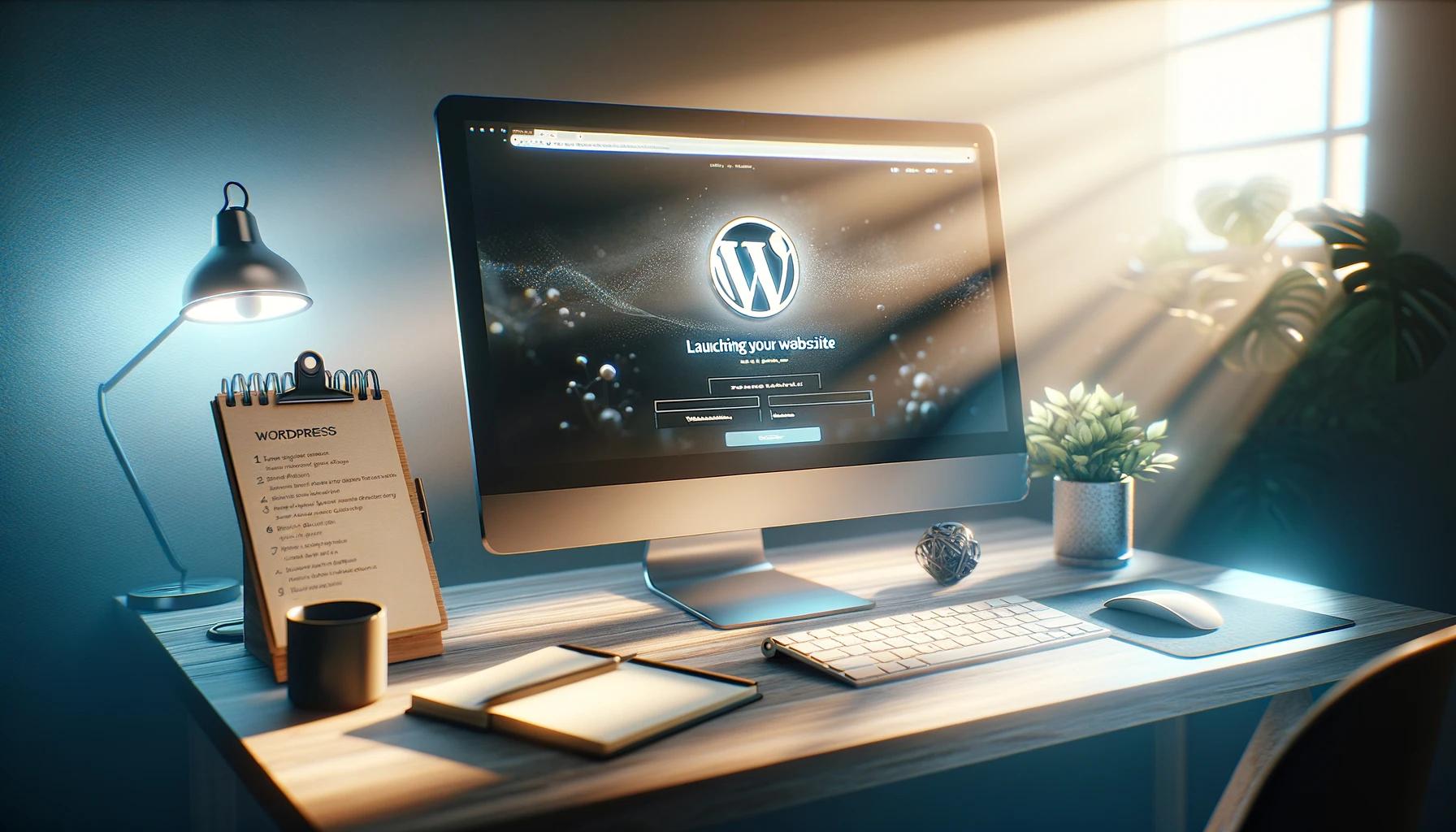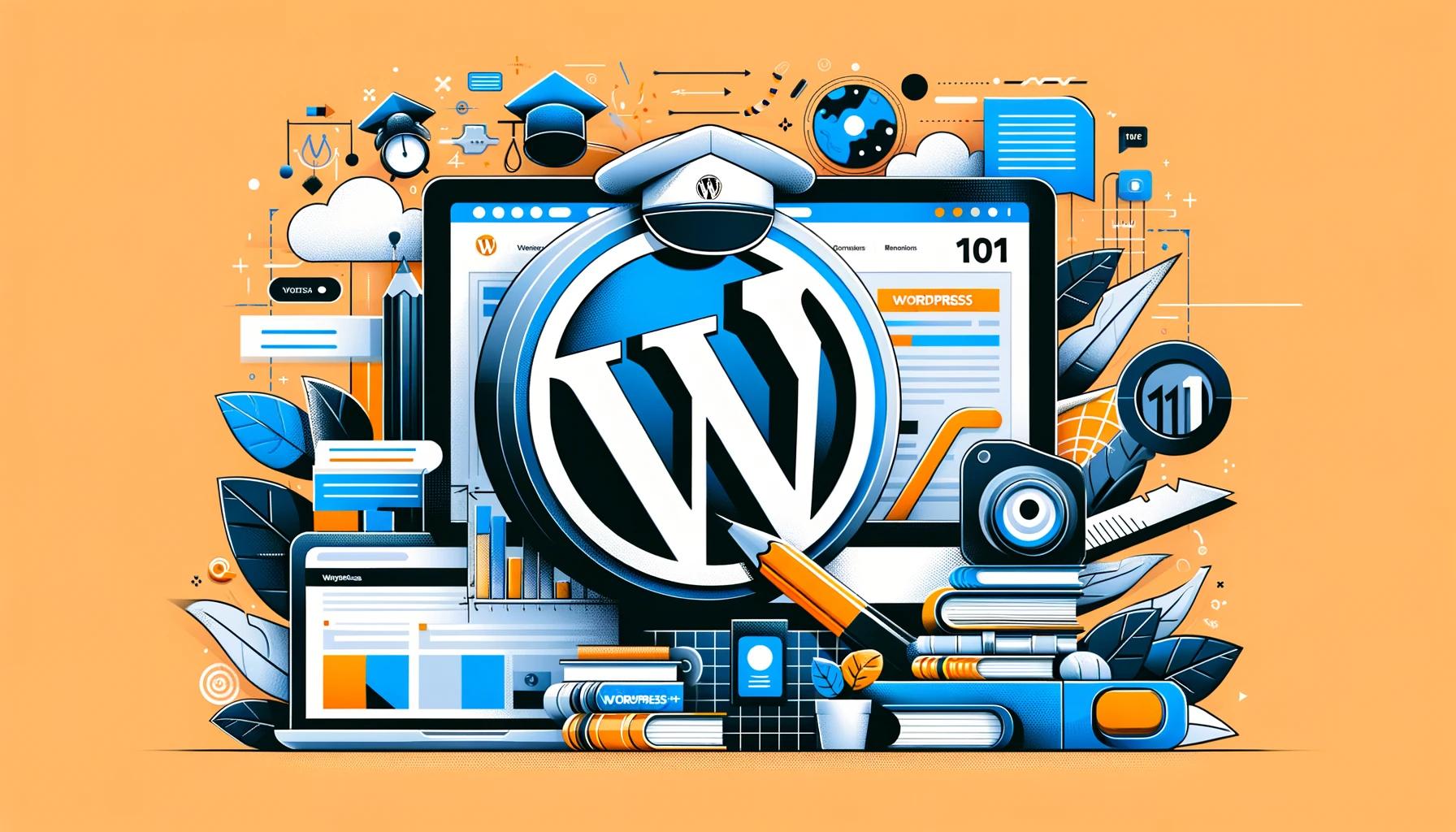Introduction
Launching a website is an exciting venture, but it can also feel overwhelming, especially if you’re new to the process. Fortunately, WordPress, with its user-friendly interface and robust features, makes website creation accessible to beginners and experts alike. In this comprehensive guide, we’ll walk you through the step-by-step process of setting up your website using WordPress. Whether you’re starting a personal blog, an online portfolio, or an e-commerce store, this guide will equip you with the knowledge you need to get your website up and running smoothly.
Step 1: Choose a Domain Name and Web Hosting Provider
Before diving into WordPress setup, you’ll need to secure a domain name and web hosting. Your domain name is your website’s address on the internet (e.g., www.yourwebsite.com), while web hosting is where your website’s files are stored. Here are some tips for choosing a domain name and web hosting provider:
- Choose a memorable domain name: Select a domain name that reflects your brand or the purpose of your website. Keep it concise, easy to spell, and memorable.
- Select a reliable web hosting provider: Look for a hosting provider that offers reliable uptime, fast loading speeds, good customer support, and scalability options as your website grows.
- Consider your budget: Compare pricing plans and features offered by different hosting providers to find the best fit for your budget and needs.
Once you’ve chosen a domain name and web hosting provider, you can proceed to the next step.
Step 2: Install WordPress
Many web hosting providers offer one-click WordPress installation, making the setup process quick and straightforward. Here’s how to install WordPress:
- Log in to your web hosting account’s control panel (e.g., cPanel).
- Look for the “WordPress” or “Website” section and click on the WordPress icon.
- Follow the on-screen instructions to complete the installation process, including selecting your domain name, entering a site title, and creating an admin username and password.
If your hosting provider doesn’t offer one-click installation, you can manually install WordPress by downloading the WordPress installation files from wordpress.org and uploading them to your hosting server using an FTP/SFTP client.
Step 3: Configure Basic WordPress Settings
After installing WordPress, you’ll need to configure some basic settings to customize your website. Here are a few key settings to consider:
- Permalinks: Choose a permalink structure that is SEO-friendly and reflects the structure of your website.
- Site Title and Tagline: Set your site’s title and tagline, which will appear in search engine results and browser tabs.
- Timezone and Date Format: Select your timezone and preferred date format.
- Reading Settings: Choose whether you want your homepage to display your latest posts or a static page.
You can access these settings by logging in to your WordPress dashboard and navigating to the “Settings” menu.
Step 4: Choose a WordPress Theme
WordPress offers thousands of free and premium themes that allow you to customize the appearance of your website. When choosing a theme, consider factors such as design, responsiveness, customization options, and compatibility with plugins. You can browse and install themes directly from your WordPress dashboard by going to “Appearance” > “Themes” > “Add New.”
Once you’ve installed a theme, you can customize it further by adjusting settings such as colors, fonts, layout, and widgets.
Step 5: Install Essential Plugins
Plugins extend the functionality of your WordPress website, allowing you to add features such as contact forms, SEO optimization, security, and performance optimization. Some essential plugins to consider installing include:
- Yoast SEO: Helps optimize your website for search engines.
- Gravity Forms: Allows you to create and manage contact forms.
- W3 Total Cache: Improves website performance by caching content.
- Wordfence Security: Protects your website from malware and security threats.
You can install plugins from your WordPress dashboard by going to “Plugins” > “Add New.”
Step 6: Create Essential Pages
Before launching your website, create essential pages such as:
- Home Page: Introduce your website and its purpose.
- About Page: Share information about yourself or your business.
- Contact Page: Provide contact information or a contact form for visitors to reach you.
- Privacy Policy and Terms of Service: Ensure compliance with legal requirements and build trust with your audience.
You can create new pages by navigating to “Pages” > “Add New” in your WordPress dashboard.
Step 7: Customize Your Website Content
With your basic setup complete, it’s time to customize your website’s content. Add compelling text, images, and multimedia elements to engage your audience and convey your message effectively. Regularly update your content to keep it fresh and relevant.
Conclusion
Launching a website with WordPress is a rewarding experience that puts the power of website creation in your hands. By following the step-by-step guide outlined above, you can set up a professional-looking website that meets your goals and resonates with your audience. Remember to regularly update your website with fresh content, monitor its performance, and stay informed about new WordPress features and updates to keep your website running smoothly and effectively.
Key Takeaways
- Choose a memorable domain name and reliable web hosting provider.
- Install WordPress using one-click installation or manual installation.
- Configure basic WordPress settings, choose a theme, and install essential plugins.
- Create essential pages and customize your website content to engage your audience effectively.
FAQs
Q: Can I change my WordPress theme after launching my website?
A: Yes, you can change your WordPress theme at any time without losing your website content. However, it’s a good idea to test new themes on a staging site before applying them to your live website.
Q: Do I need coding knowledge to build a website with WordPress?
A: No, you don’t need coding knowledge to build a website with WordPress. WordPress offers a user-friendly interface and plenty of customization options that allow you to create a professional-looking website without writing a single line of code. However, some basic knowledge of HTML, CSS, and PHP can be helpful for advanced customization.
Q: Is WordPress secure for building websites?
A: WordPress is a secure platform for building websites, but like any other software, it’s essential to keep it updated to protect against security vulnerabilities. Additionally, using security plugins such as Wordfence Security can help enhance the security of your WordPress website.




